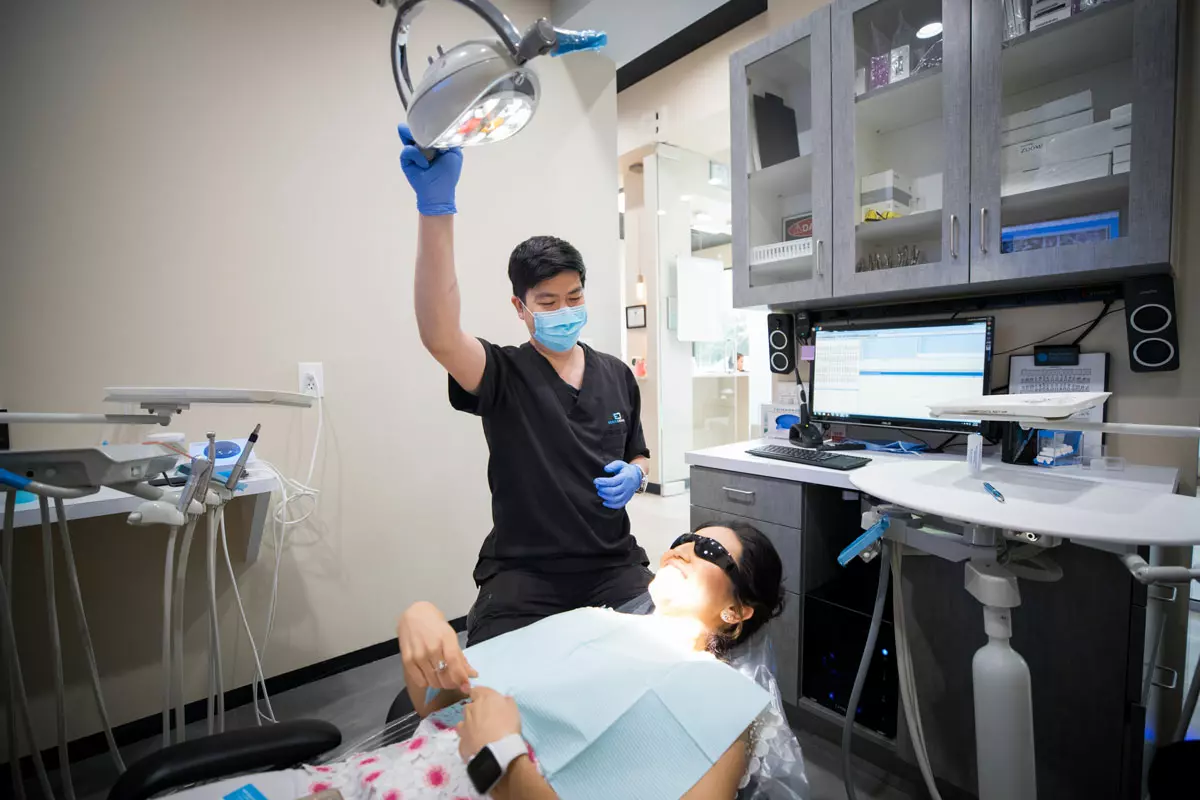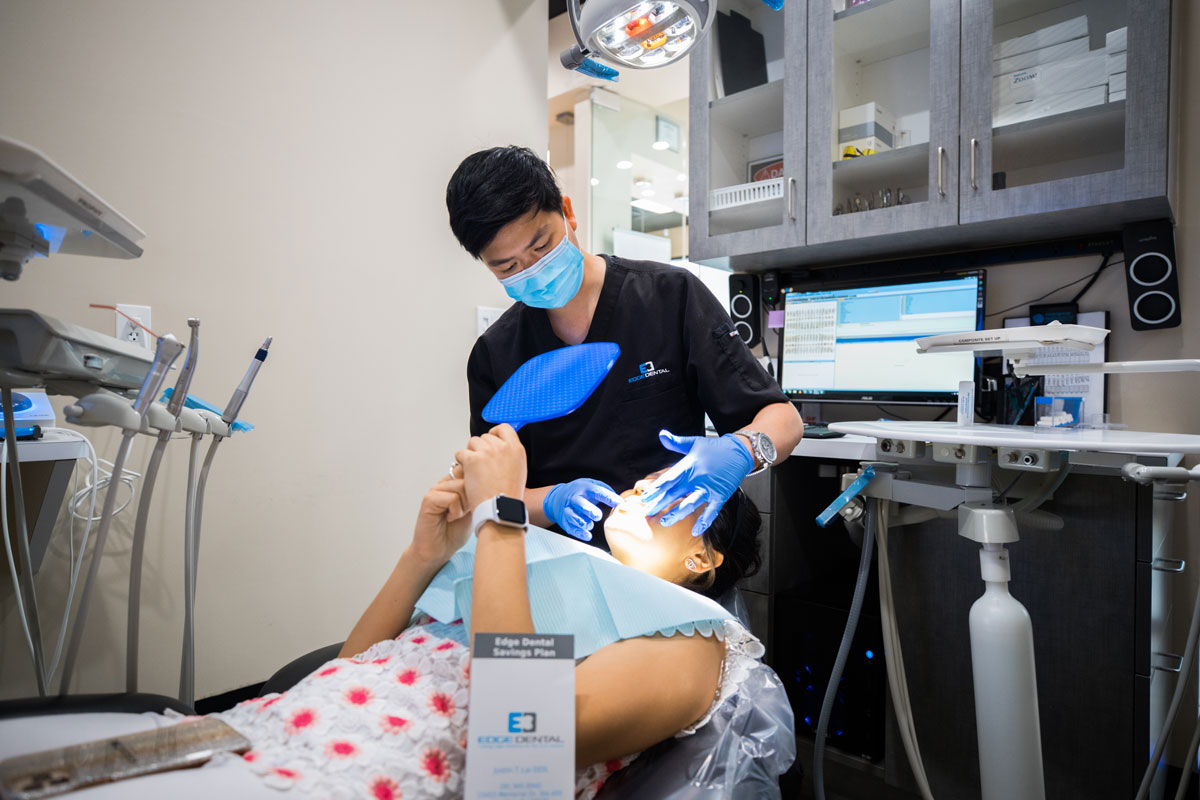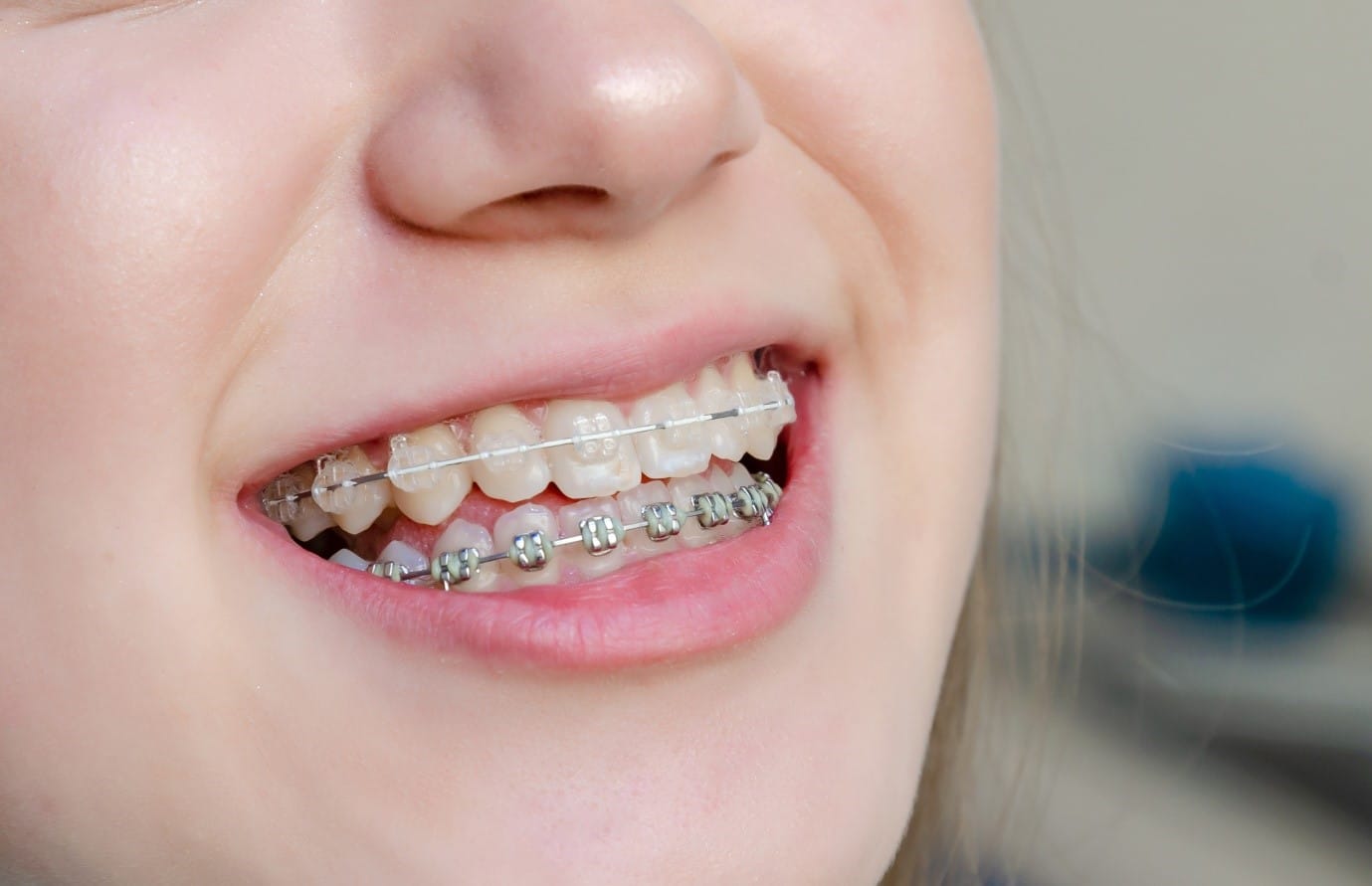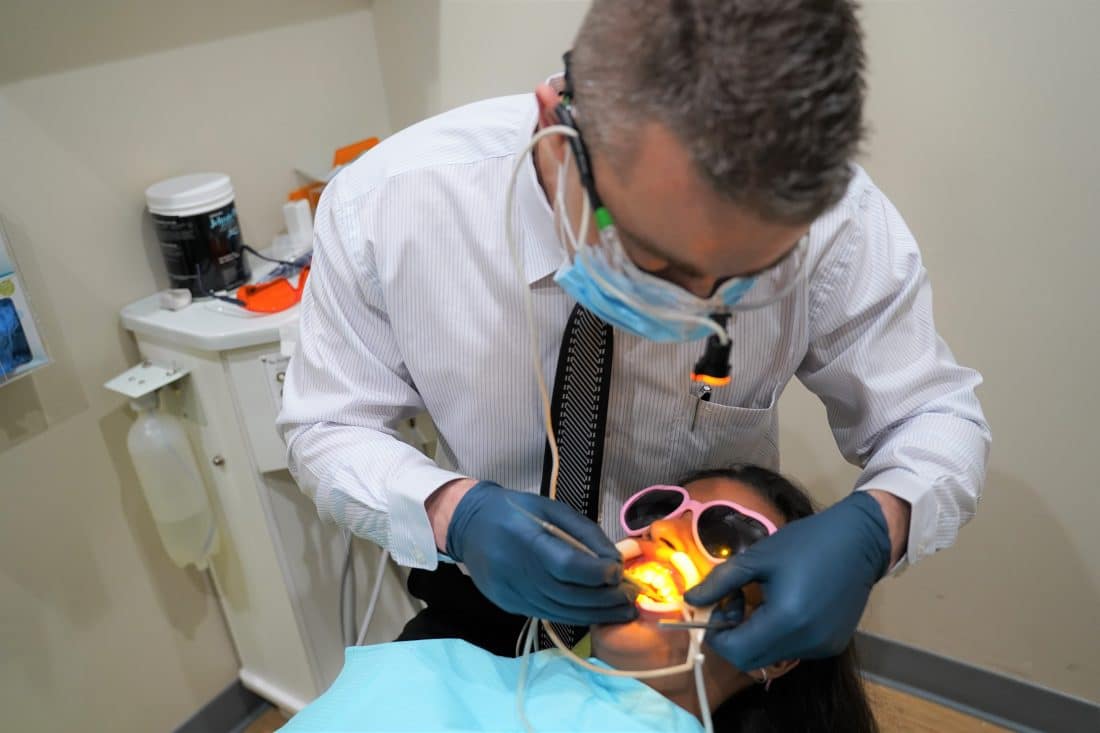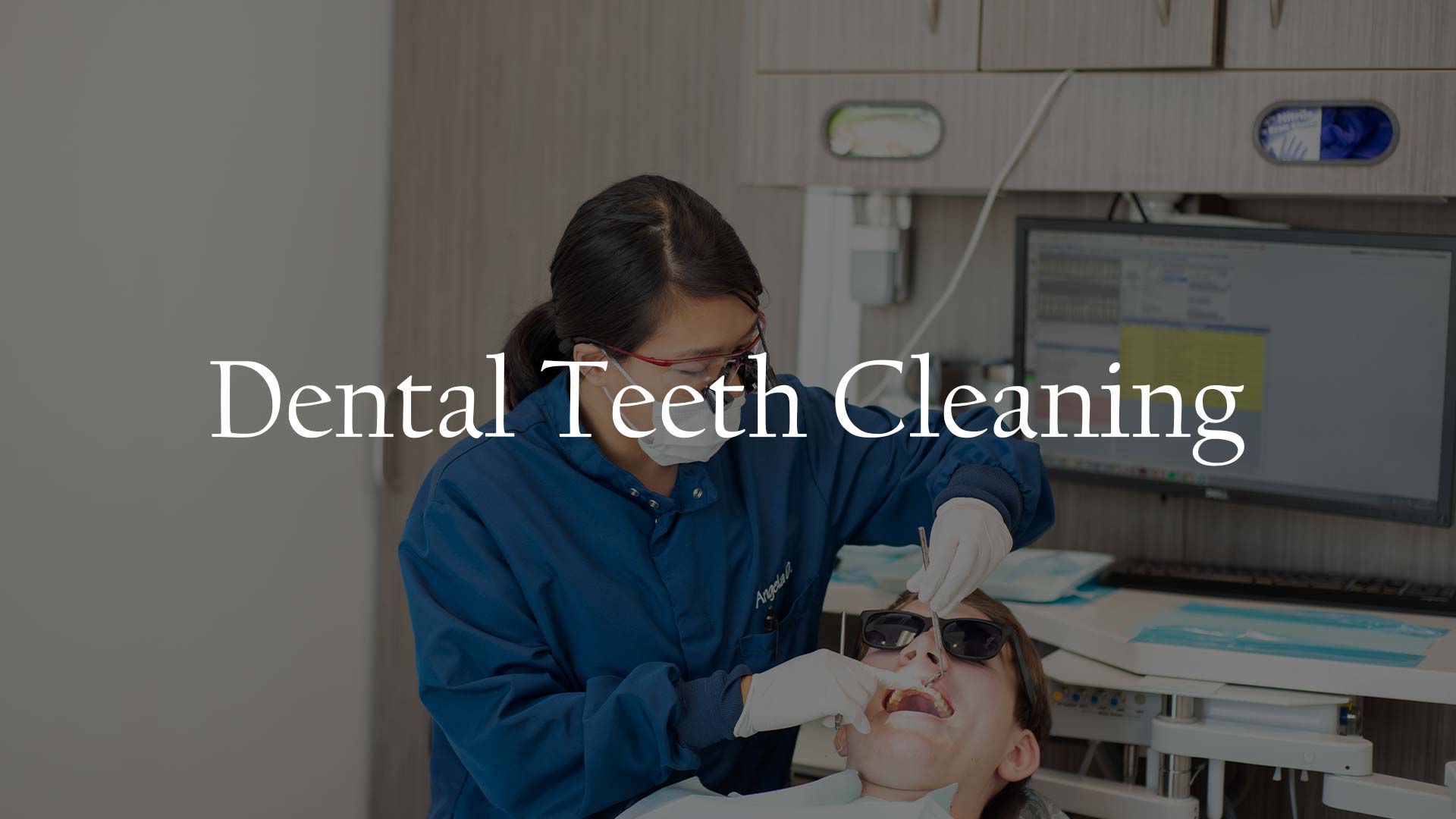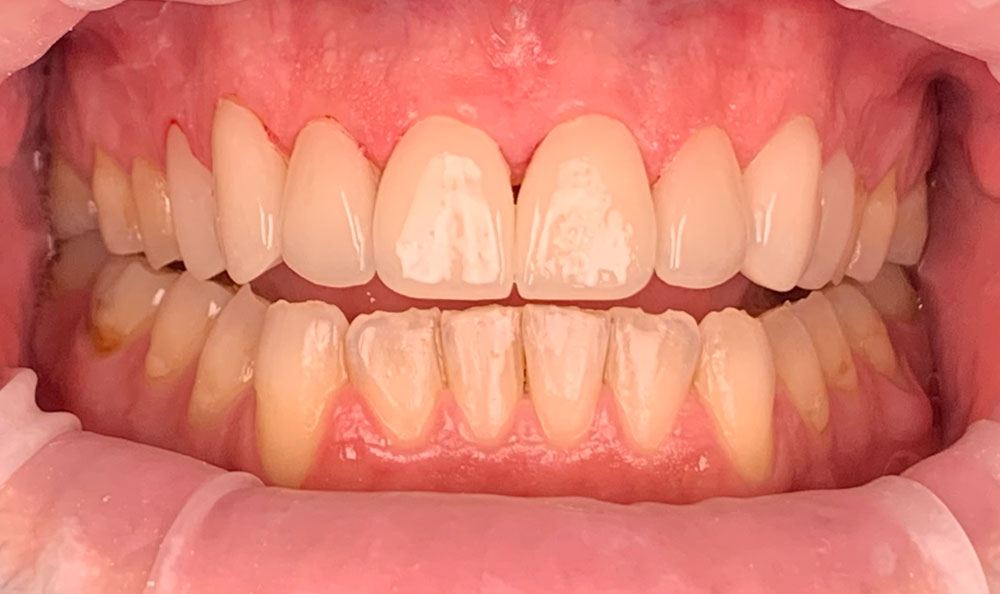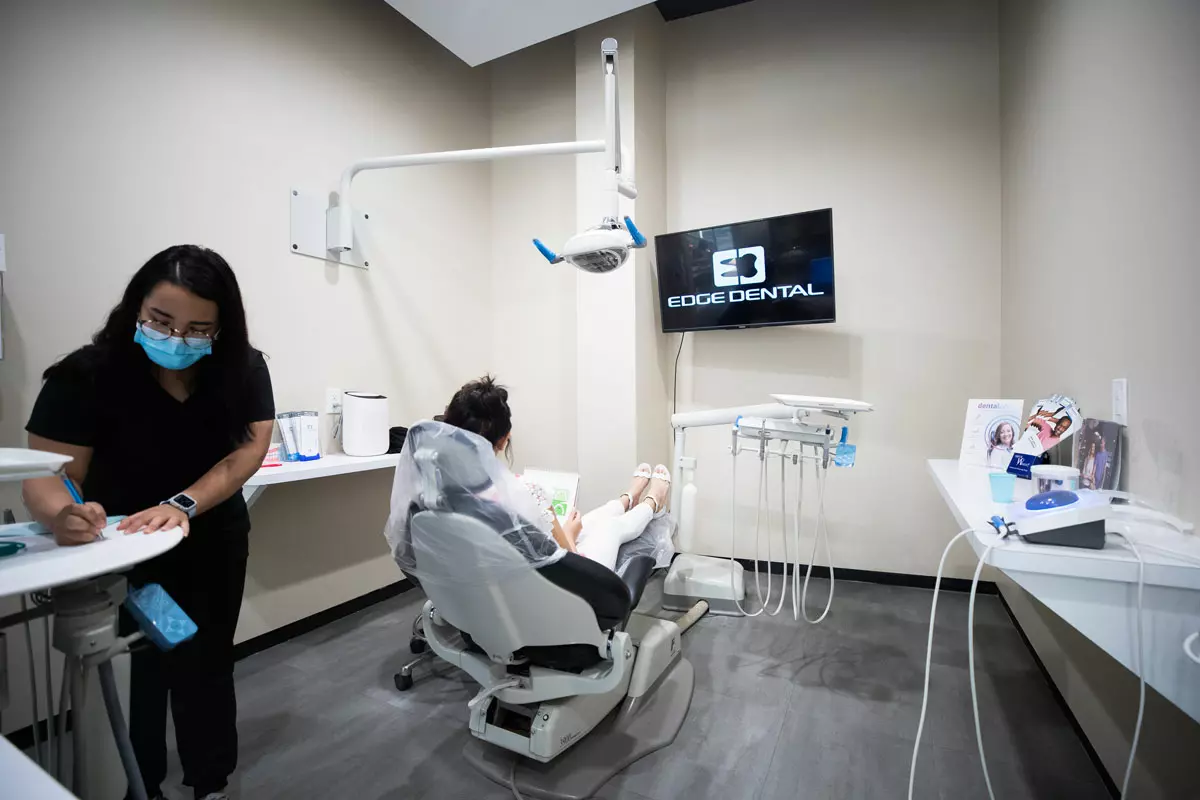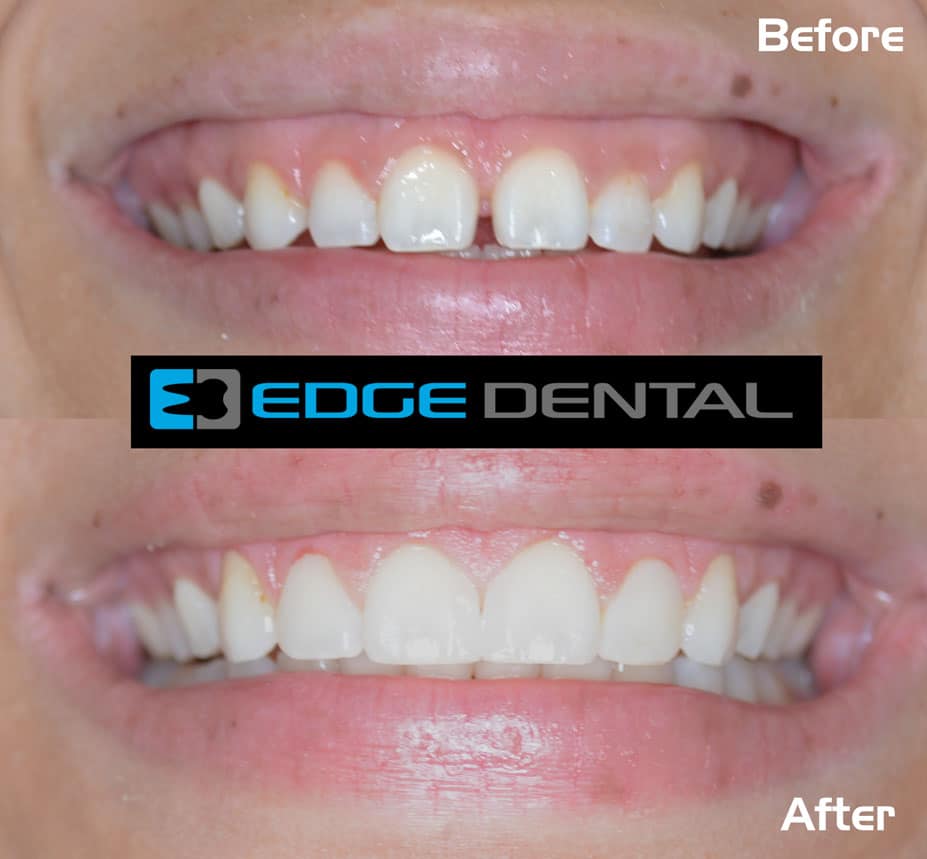Introduction: Bone grafting is a crucial procedure in dental treatment, particularly for those who require dental implants but lack sufficient bone mass. Whether you're preparing for a bone grafting procedure or simply curious about it, understanding what to expect can alleviate anxiety and promote better preparation. In this article, we'll delve into the essentials of bone grafting in dental treatment, shedding light on the process, benefits, and what patients can anticipate during the procedure.
What is Bone Grafting? Bone grafting is a surgical procedure aimed at augmenting or restoring bone in the jaw. It involves taking bone from another part of the body or using synthetic materials to supplement existing bone mass. This procedure is often necessary for patients who have experienced bone loss due to periodontal disease, injury, or other dental issues, and it's commonly performed to facilitate successful dental implant placement.
Preparation and Consultation: Before undergoing bone grafting, patients will typically undergo a thorough examination and consultation with their dentist. During this appointment, the dentist will assess the patient's oral health, take X-rays or scans to evaluate bone density, and discuss the specifics of the procedure. This consultation is also an opportunity for patients to ask questions, address concerns, and understand the steps involved in the bone grafting process.
The Bone Grafting Procedure: On the day of the bone grafting procedure, patients will receive local anesthesia to numb the treatment area, ensuring a comfortable experience. Depending on the extent of the grafting required, the dentist may harvest bone from another part of the body, such as the hip or chin, or utilize synthetic bone graft materials. The grafting material is then carefully placed and secured in the targeted area of the jawbone, where it will integrate with existing bone tissue over time.
Recovery and Post-Operative Care: After the bone grafting procedure, patients can expect some degree of discomfort and swelling, which can typically be managed with pain medication and cold compresses. It's essential to follow the dentist's post-operative instructions diligently, which may include dietary restrictions, prescribed medications, and proper oral hygiene practices. Patients should also attend follow-up appointments to monitor healing progress and ensure optimal outcomes.
Benefits of Bone Grafting: Bone grafting plays a crucial role in restoring oral health and function for patients with insufficient bone mass. By augmenting bone density, this procedure creates a stable foundation for dental implants, enhancing their longevity and success rates. Additionally, bone grafting can improve facial aesthetics, support adjacent teeth, and prevent further bone loss, preserving overall oral health and quality of life.
Choosing a Dentist in Ghatkopar, Mumbai: For patients in Ghatkopar, Mumbai, seeking reliable dental care, Evershine Dental Clinic offers comprehensive services, including bone grafting procedures. With a team of experienced dentists and state-of-the-art facilities, Evershine Dental Clinic prioritizes patient comfort, safety, and satisfaction. Whether you require bone grafting, dental implants, or routine oral care, you can trust Evershine Dental Clinic for personalized treatment tailored to your unique needs.
Conclusion: Bone grafting is a vital component of dental treatment, enabling patients to regain oral function and confidence with dental implants. By understanding the bone grafting process and what to expect during treatment, patients can approach the procedure with confidence and achieve optimal outcomes. If you're considering bone grafting or any other dental procedure in Ghatkopar, Mumbai, Evershine Dental Clinic is your trusted partner in oral health and wellness. Schedule a consultation today to embark on your journey towards a healthier, more radiant smile.



